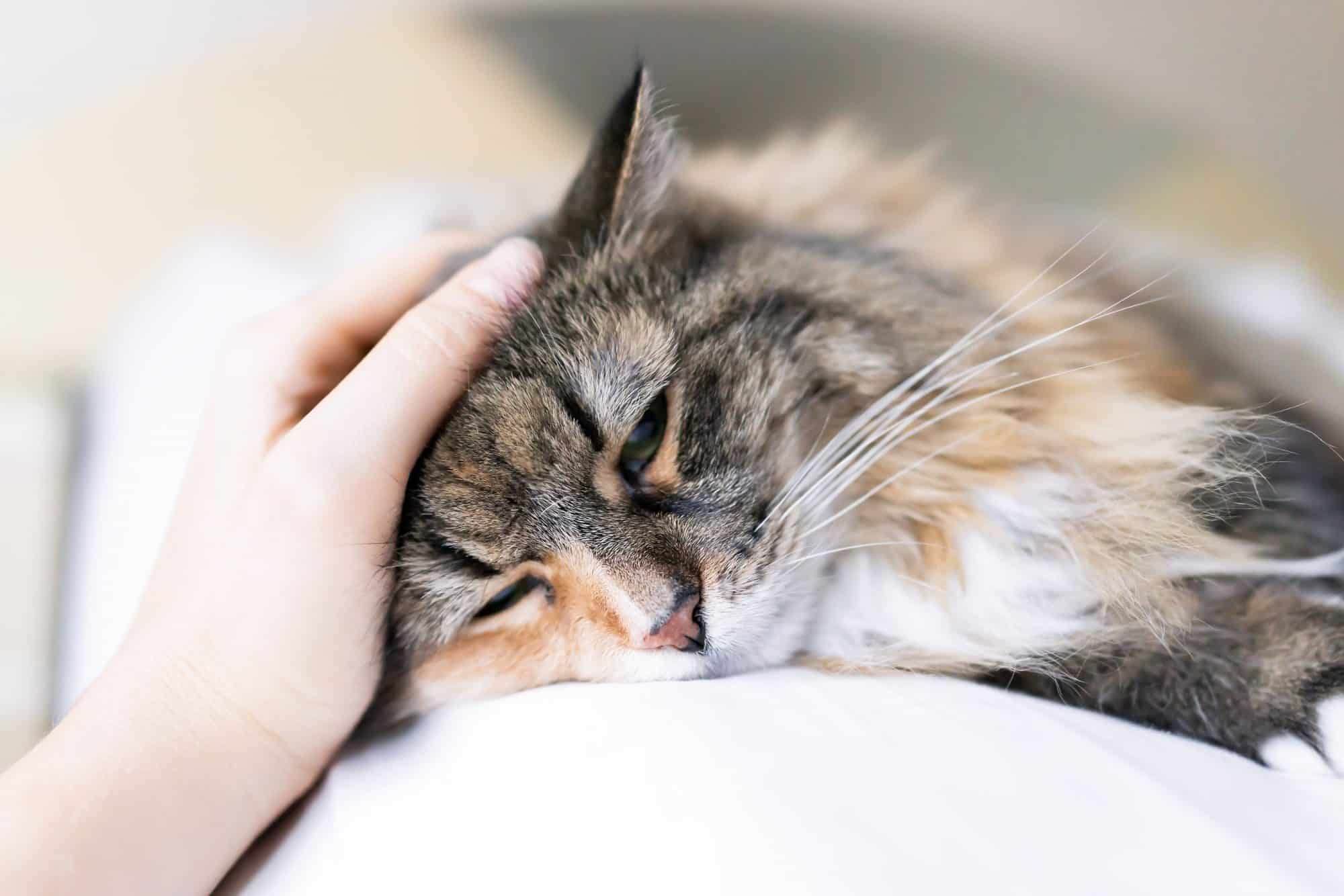Reducing the Hurt: A Focus on Pet Pain Management

Nobody wants to see their pet in pain. Veterinary medicine has come a long way in understanding pain in animals, and the past few years have seen a concerted spotlight on the areas of pain management and alternative treatments.
Because our fellow species cannot verbalize their feelings, gaining a good understanding of the mechanisms of pain helps alleviate unnecessary suffering and discomfort. Let’s take a closer look at why pain management in animals differs from pain management in humans, and how we can better support our furry friends in gaining a better quality of life.
Understanding Pain in Pets
It’s interesting to know that animals and people share the same neural pathways for the development and succession of pain. If your pet has had surgery, you may have noticed that they have been given similar types of pain medications that are prescribed to people.
This biological similarity makes comparison a valuable tool in how we treat pain in pets. But, the differences in how we respond to animal pain have to do with their signals. We can express our pain, but sometimes pain in our pets goes unnoticed. This is particularly true in cats who are adept at masking their pain.
Some of the more common signs of pet pain include:
- Sleeping more
- Grooming less (especially in cats)
- Howling, vocalization
- Restlessness
- Hiding (cats)
- Increased accidents
- Increased heart rate/respiration
- Change in personality
Many pet owners will first notice that their pet seems to be acting unusual, or off somehow. You should always trust your gut, since the earlier we are able to diagnose pain, the faster we are to getting them started on treatment.
Our Approach to Managing Pain in Pets
We believe your pet’s quality of life is paramount to all else. Chronic pain can diminish a pet’s quality of life and cause worry for you, too. Getting to the root of the pain, and what type of pain your pet is experiencing, informs us on the right treatment.
Nutrition can also assist a pet who experiences pain as a result of an illness. Supplements and the right diet can reduce inflammation and support immunity.
Finding the right approach for your pet is our aim.
What Can I Do to Help My Pet?
You may ask what you can do at home to help my pet with their pain. There are beneficial ways to do this:
- Make sure your pet’s bed has enough padding by using blankets or by purchasing an orthopedic bed.
- Reduce your pet’s need to climb steps by placing food, water, and their bed on the first floor.
- Keep your home at a good temperature.
- Offer your pet gentle exercises, such as a short walk or swimming in a shallow pool.
- Learn how to massage your pet. Even a brushing session can really relax your pet.
Questions about Pet Pain Management
Have you noticed signs of pain? Is your pet dealing with a chronic condition that can cause discomfort? Please call us to schedule an appointment. We are here to better support your pet for a pain-free life.


